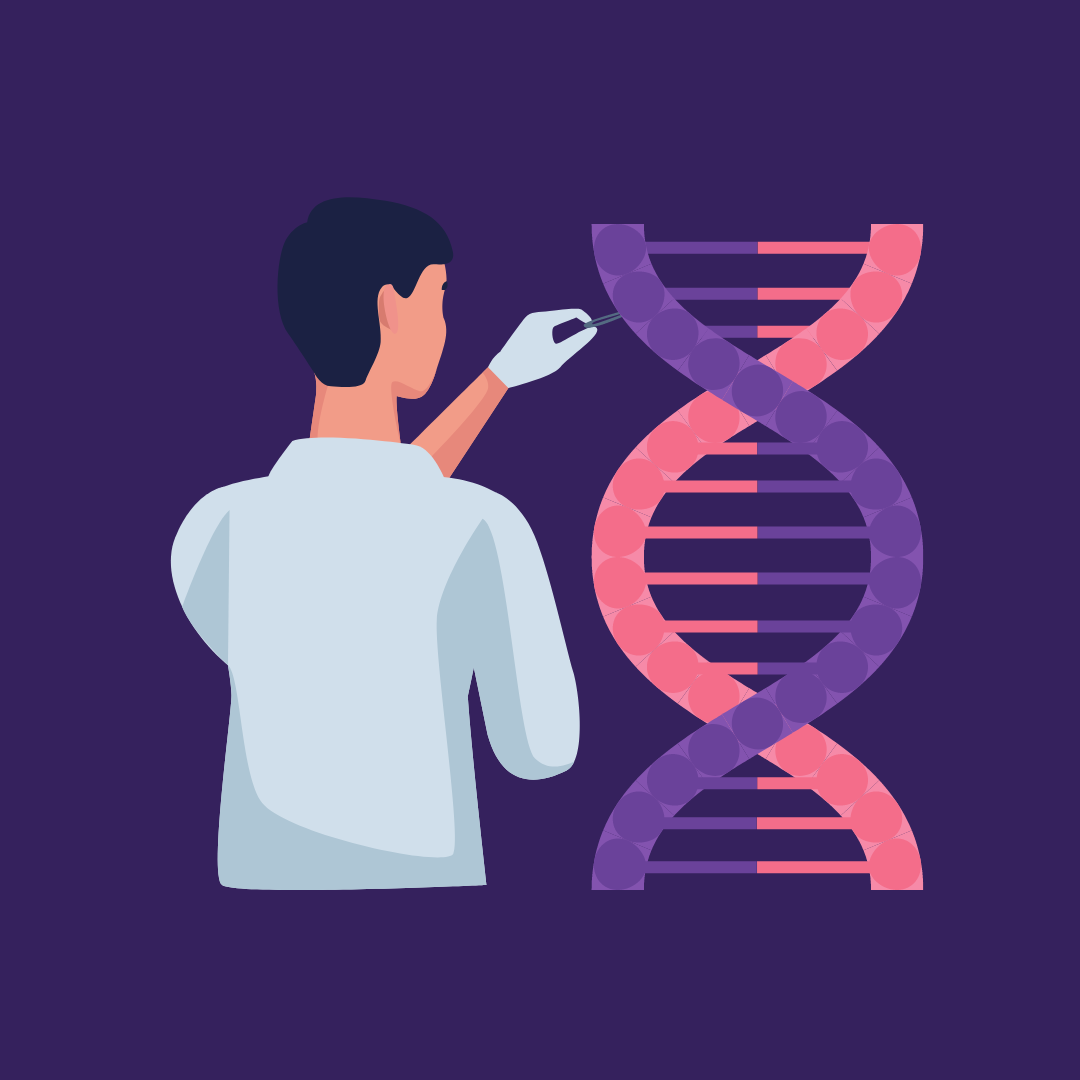What Happened to Concerns About Human Enhancement?
By R. Jean Cadigan, Margaret Waltz, Rebecca Walker, Rami Major and Incidental Enhancements Research Group,
The Hastings Center: Bioethics Forum
| 04. 25. 2023
Prominent science policy reports that set the stage for the recent Third International Summit on Human Genome Editing all raise questions about human enhancement. Enhancement concerns also consistently loom large in public attitudes on possible uses of these genomic technologies. It may seem surprising, then, that enhancement received little formal attention at the Summit. Instead, the Summit focused elsewhere–on issues of access to emerging forms of somatic cell genome editing for genetic disease. Here we report our observations on the Summit’s de-emphasis of enhancement questions and suggest some consequences of continuing this trend in subsequent science policy deliberations.
Despite its absence from the Summit’s agenda, the topic of genome editing for human enhancement did spontaneously bubble up at the meeting in interesting ways. On the first day, outside the Summit’s venue, London’s Francis Crick Institute, protesters passed out pamphlets titled “Stop Designer Babies.” At first it seemed as if the protest would succeed in making enhancement an important topic at the Summit. In the opening session, Robin Lovell-Badge, chair of the Summit’s organizing committee, referenced the protesters and also noted...
Related Articles
By staff, Japan Times | 12.04.2025
Japan plans to introduce a ban with penalties on implanting a genome-edited fertilized human egg into the womb of a human or another animal amid concerns over "designer babies."
A government expert panel broadly approved a proposal, including the ban...
By David Jensen, The California Stem Cell Report | 12.11.2025
California’s stem cell and gene therapy agency today approved spending $207 million more on training and education, sidestepping the possibility of using the cash to directly support revolutionary research that has been slashed and endangered by the Trump administration.
Directors...
By Tina Stevens, CounterPunch | 12.11.2025
Silicon Valley and other high tech billionaires are investing millions in start-ups dedicated to creating genetically engineered (GE) babies, according to a recent Wall Street Journal (WSJ) report. AI mogul Sam Altman, cryptocurrency entrepreneur Brian Armstrong, venture capitalist Peter...
By Jenny Lange, BioNews | 12.01.2025
A UK toddler with a rare genetic condition was the first person to receive a new gene therapy that appears to halt disease progression.
Oliver, now three years old, has Hunter syndrome, an inherited genetic disorder that leads to physical...




